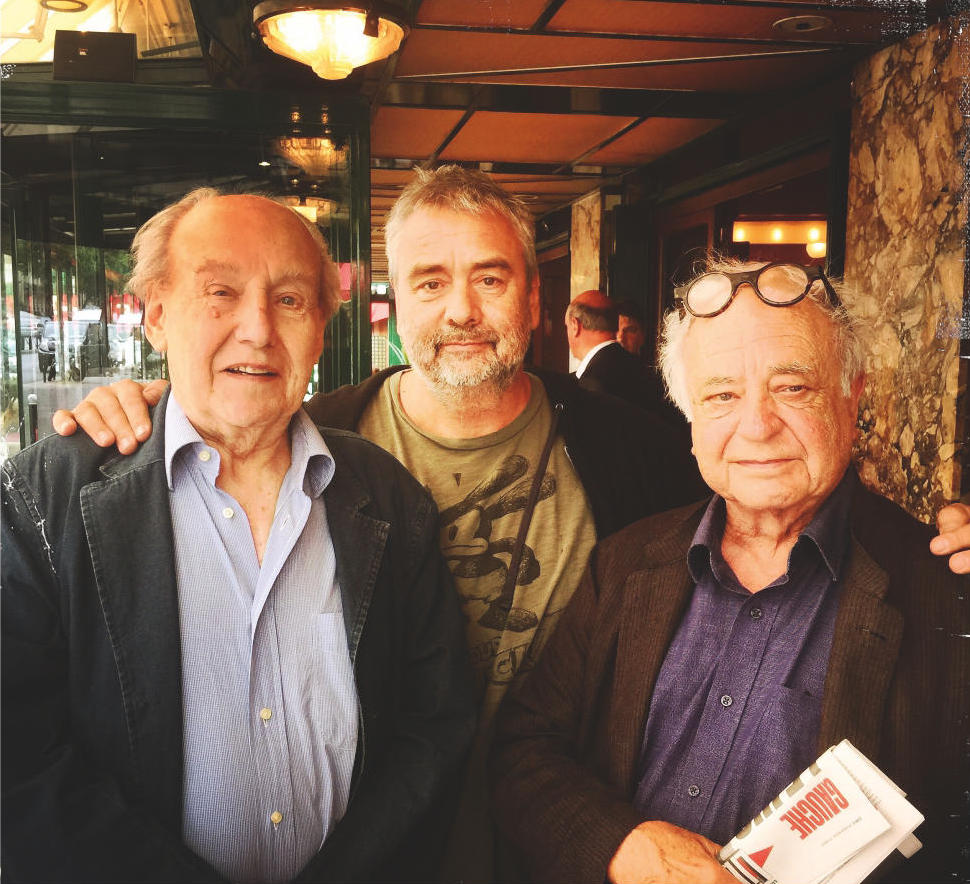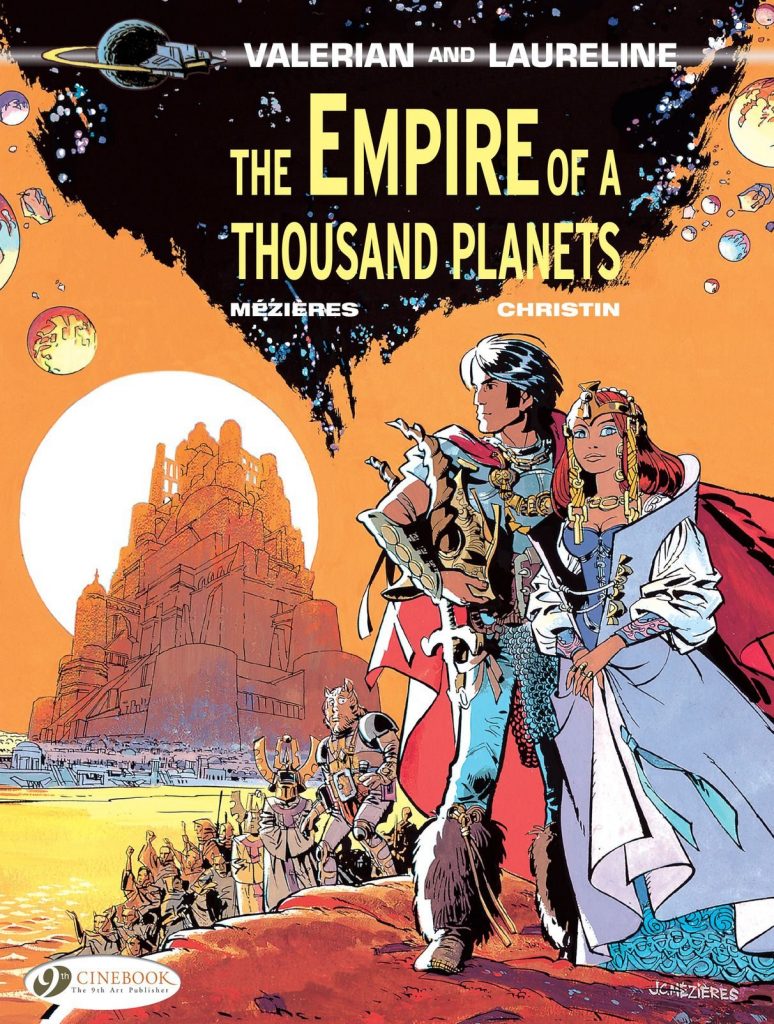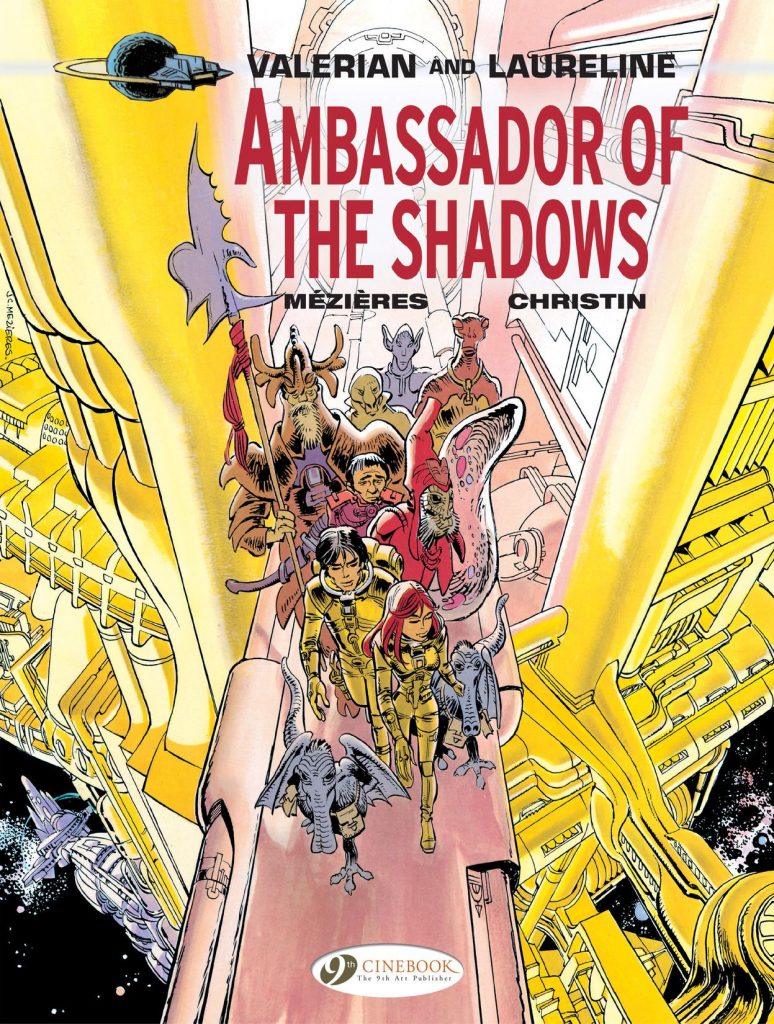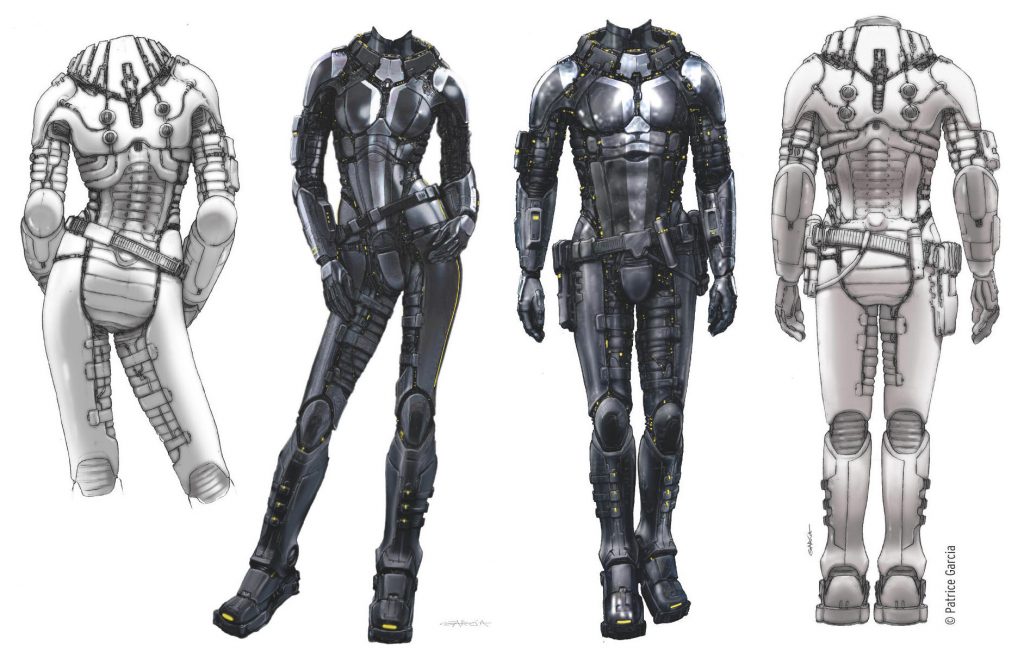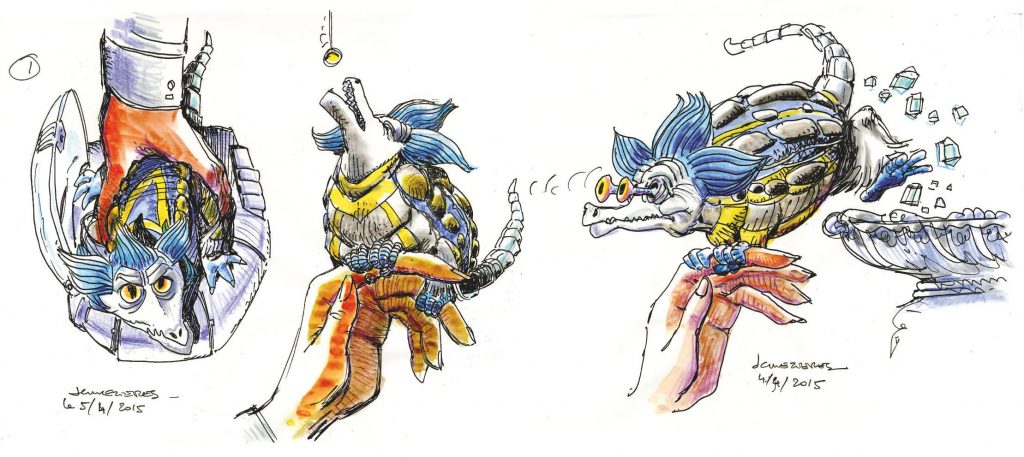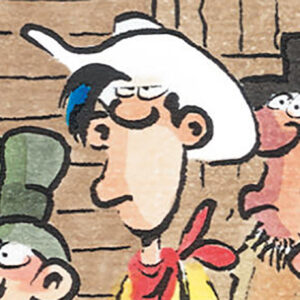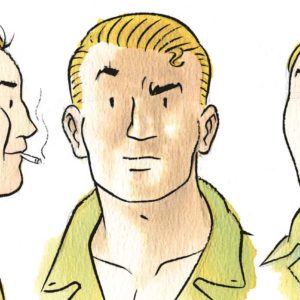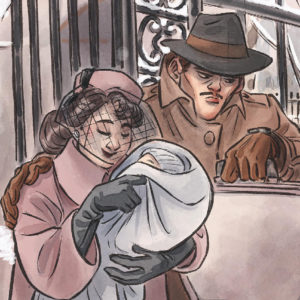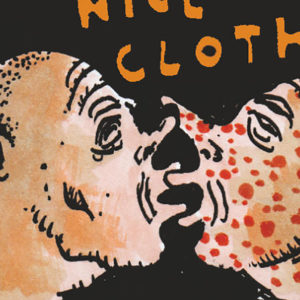Creating a new Valerian adventure isn’t a walk in the park—especially when it’s destined for the big screen. In turning the famed comics series into an epic film, director Luc Besson has had to transform into a kind of general, leading an army of nearly a thousand skilled men and women. He recounts the experience below, alongside legendary Valerian creators Jean-Claude Mézières and Pierre Christin, in extracts from an exclusive interview granted to publisher Dargaud.
Luc Besson, how do you attract a new audience unfamiliar with Valerian, and draw them into the series?
LUC BESSON: If you want to attract an audience, don’t try to please them. That’s the best way to fail. If there were a magic formula, everyone would use it and all films would be successful. The most important thing is to be honest and authentic, and go for it all the way. You have to knock on wood and hope that there will be other people who think the same way. You always wonder why a film didn’t work, but you also have to look at how a film finds its audience. With Valerian, I’m working the same way: my aim is to offer something different.
PIERRE CHRISTIN: This approach is exactly how we see the series. We’ve often been asked if it’s a comics series for children or adults, but that’s not something we’ve ever thought about! You can read Valerian when you’re a teenager and re-read it five years later with a completely new perspective. Success can also be a question of circumstance. Sometimes a comics series can capture the zeitgeist of its time, without a special search on the authors’ part. What we as the creators of Valerian have always done, however, is to avoid stereotypes.
Is the lifespan of a film and a comics series the same?
JEAN-CLAUDE MÉZIÈRES: The Valerian comic books weren’t an overnight success sales-wise. Even though they got good reviews from the beginning, we never had a flood of readers, so we had time to develop the series without pressure. There is no comparison to the pressure you experience when making movies. A film only has a week or two to make it at the box office.
BESSON: This is both true and false. We do indeed see a rush the week the film is released in theaters—as though at two o’clock on release day we should pronounce it a failure or a success. These days, however, the life of a film lasts much longer. A film that touches people is recommended by friends, parents give it to children as a gift, and good films are regularly shown on television. As I get older, I’m less and less caught up by the excitement of the release. A film that opens badly can easily become a success over time.
Luc Besson, at which point in the adaptation process do you come in?
BESSON: First of all, during the writing of the screenplay. It’s the most creative and exciting part of the work: I’m alone and I’m totally immersed in the process! It’s also at this stage that I feel most in tune with Christin and Mézières. Then I switch hats and become a director. This is when I become the head of an army and I’m no longer the same person. I have to make decisions every four seconds, I’m faced with 2,700 shots over 23 weeks of filming and I’m leading a team of 900 people… It’s not my favorite part of the process, but it’s very stimulating; you see a film being created in real time. We start trying out the costumes and begin working with the actors… These moments are very enjoyable, and despite everything still bring me a lot of pleasure.
Do you need to distance yourself from the story when you adapt it to film?
BESSON: The comic book is like the foundation of a house. It allows me to be anchored to something solid and helps me move forward. Like an architect, I can modify this or that element to take into account the wind and the sun, but I am supported by the bedrock and three or four concrete pillars.
Are the authors worried that their universe will be turned upside-down?
CHRISTIN: No, I don’t worry about that. Quite the contrary, a comic book by itself isn’t very relatable outside the beauty of its form and colours. The reader might see the characters react and speak, but it’s very difficult for the reader to enter a character’s interior world. In the cinema, on the other hand, the viewer has a chance to see the actors on screen, which creates a sort of empathy for them. Emotional connections happen spontaneously.
Is the narrative outline of your film different from traditional science-fiction films?
BESSON: It’s certainly very different from the films produced by Marvel, in which the superhero is set against a supervillain who wants to destroy the world. In the end the superhero always wins… These films are very well made, but their modus operandi is monolithic. Here, it’s the reverse. Each Valerian adventure is developed on the model of a classic detective novel with two super agents on a mission to solve a mystery. How will they figure it out? You have to wait until the end to find out!
CHRISTIN: When we created the series, we were heavily influenced by the golden age of American sci-fi writing. Valerian remains an unresolved comics series until the climax. We’ve kept it deliberately ambiguous so that readers must set out on a path to find their own truth.
BESSON: In that way, Valerian resembles real life.
Can any comics series be adapted for film?
BESSON: Some comics series are incredibly fascinating, but sadly can’t be adapted for the big screen. Having said that, the animated cartoons developed from Asterix were done well and Spielberg’s Tintin was true to its original model. I have an incredibly talented head set designer and head costume designer to lean on in the adaptation of Valerian. This has allowed us to enrich the original work. The first spatio-temporal suits of the 1970s are pretty out of date and we should be able to do a little better. I hope the film will bring something extra to the comic. My aim is to modernize it without betraying it.
Did the authors of Valerian dream of one day seeing it on the big screen?
CHRISTIN: I would have been upset now to learn that Valerian was going to be made into an animated cartoon—whereas I would have actually been happy to hear the same thing 10 or 15 years ago. Today, with the development of new technologies, I’m convinced that only a film with real actors can properly honor the potential of the series.
MÉZIÈRES: I’ve always dreamed of an adaptation, even though I never had a precise vision in mind. I tried a couple of times in the 1980s, but I didn’t go all the way because I didn’t have the budget. Today, cinema has picked up the baton—it’s a dream come true!
Are you afraid of fan reactions? Fans are often reluctant to accept new interpretations of their favorite universe.
BESSON: Every time a film is adapted from a comics series, the fans, who consider themselves the guardians of some kind of sacred temple, speak out and won’t let anything go. But I’m ready and waiting for them: I’m also part of the fan club! I’ve loved Valerian and Laureline since I was ten years old. I deserve my badge as much as them!
This article is part two of a five-part series on Valerian, published prior to the release of the blockbuster Valerian and the City of a Thousand Planets in 2017. Interview by Christophe Quillien. Originally published in Valérian l’intégrale #2 and Valérian l’intégrale #3 (Dargaud 2016). Header image © Christin & Mézières / Dargaud.
READ PART 1: Valerian: The Birth of a Saga
UP NEXT: A behind-the-scenes look into the enchanting art of Jean-Claude Mézières.
